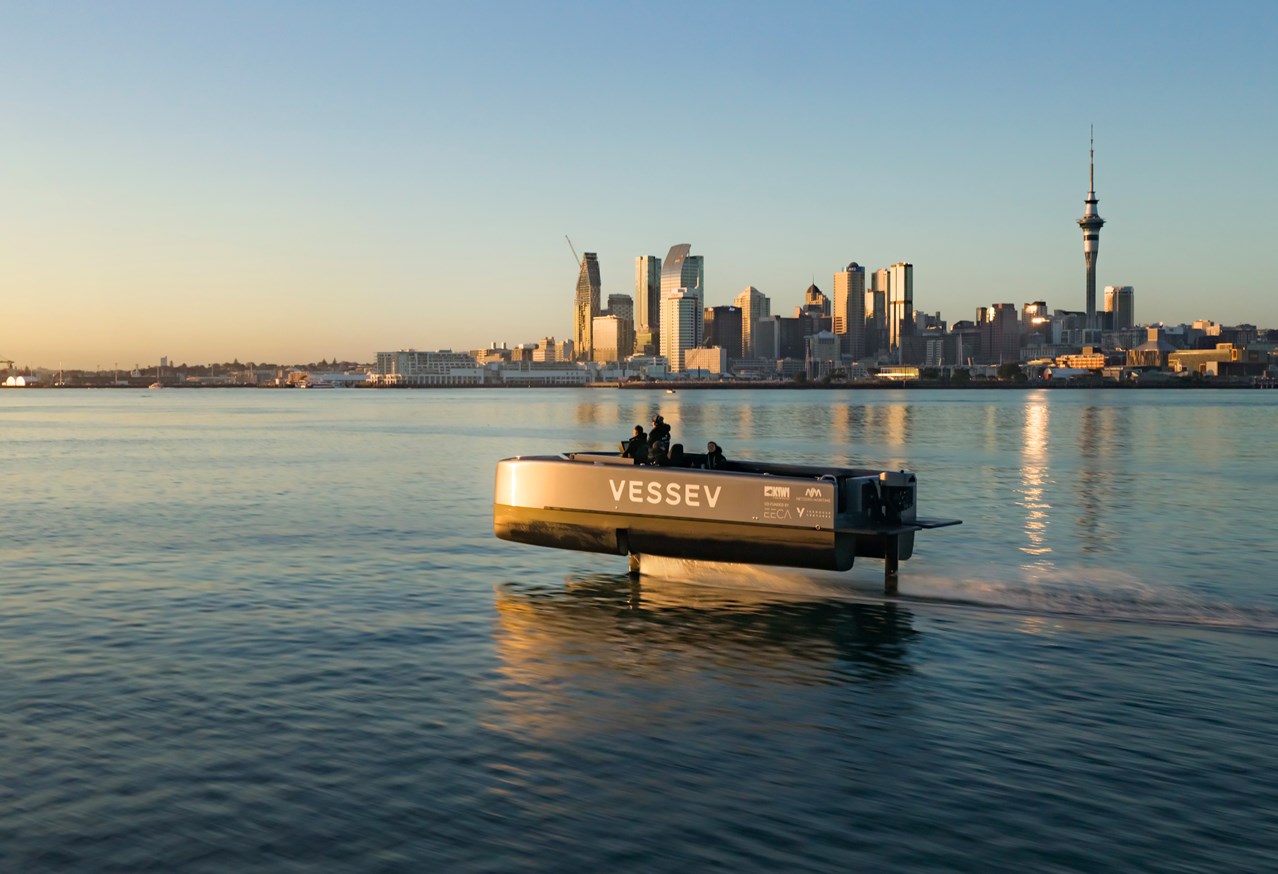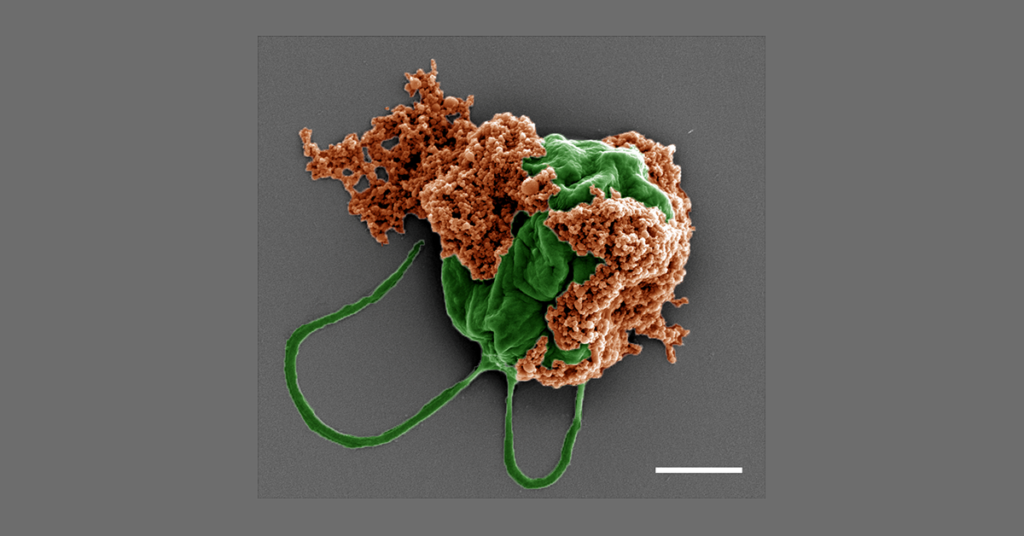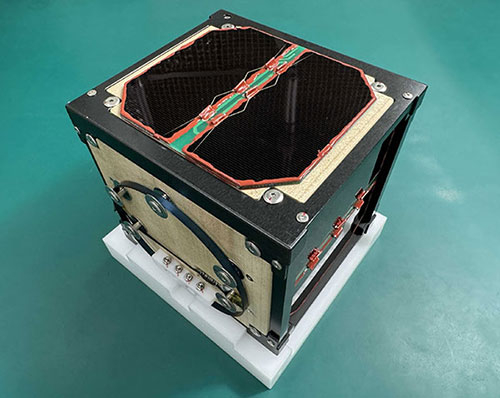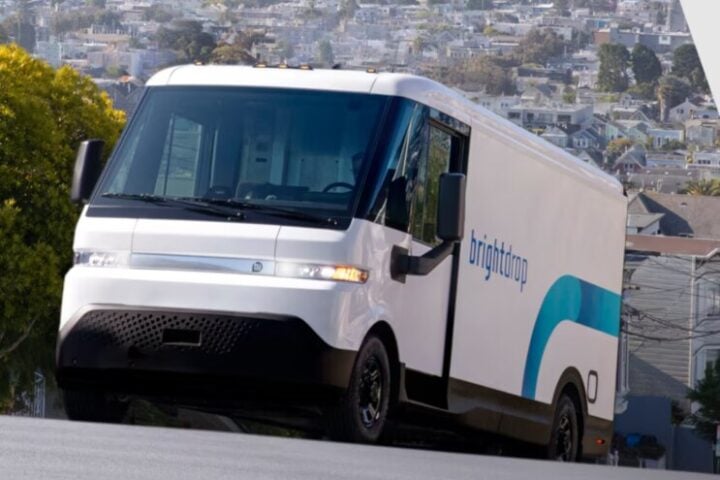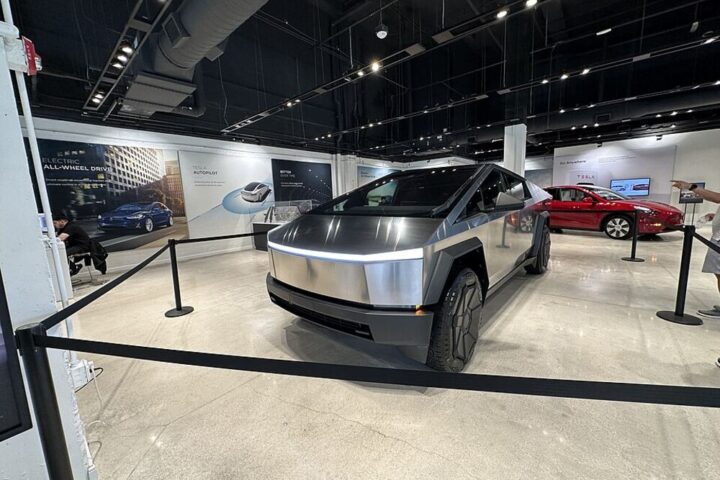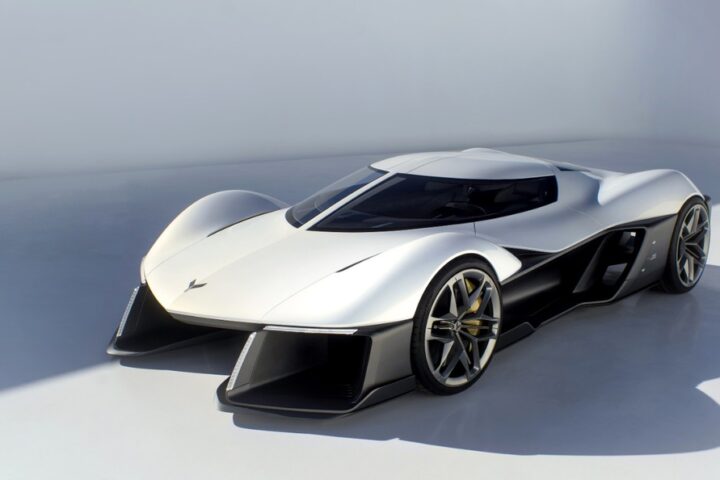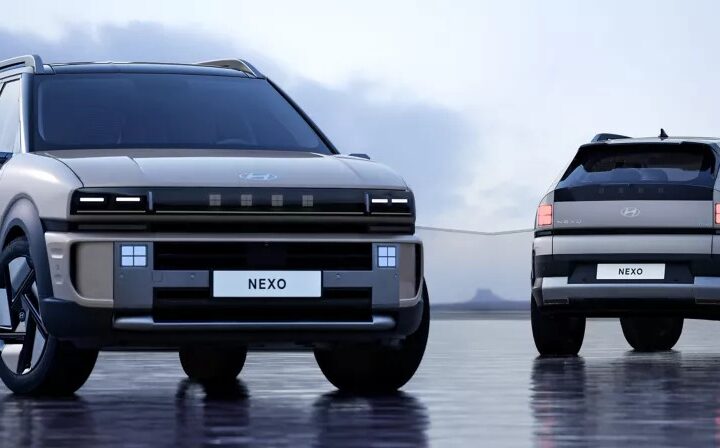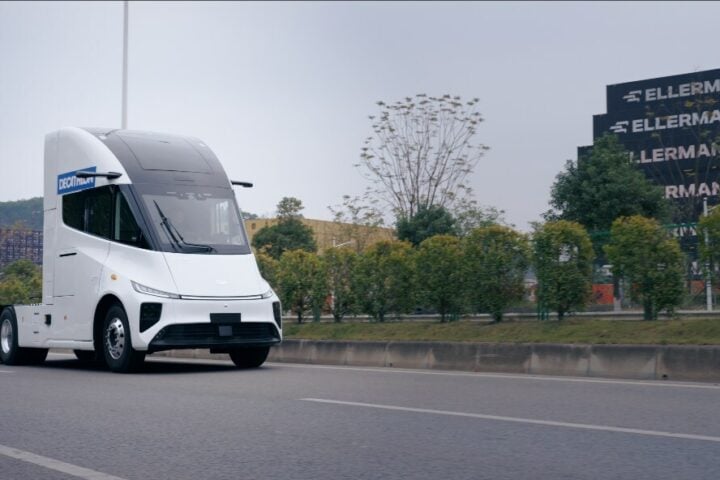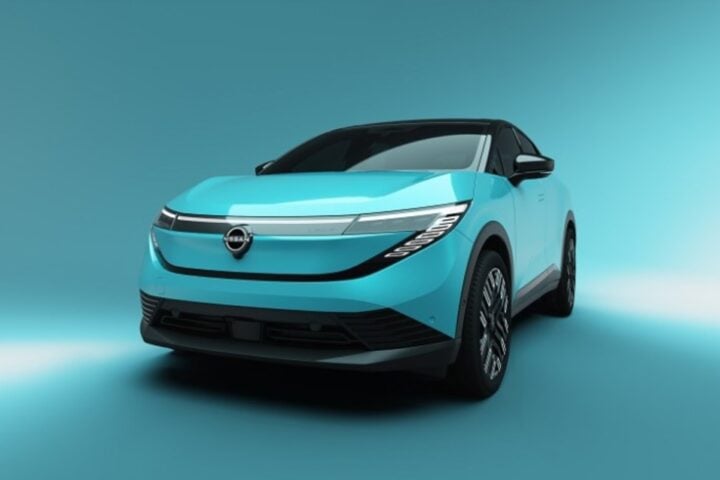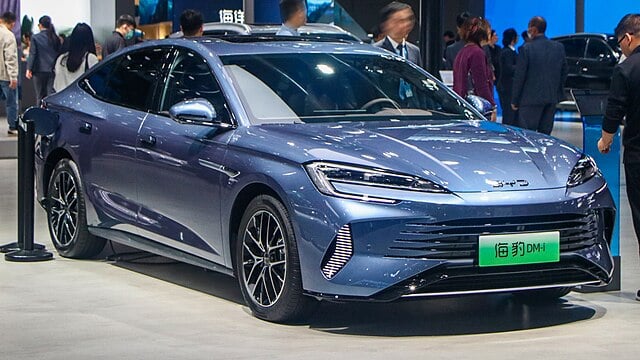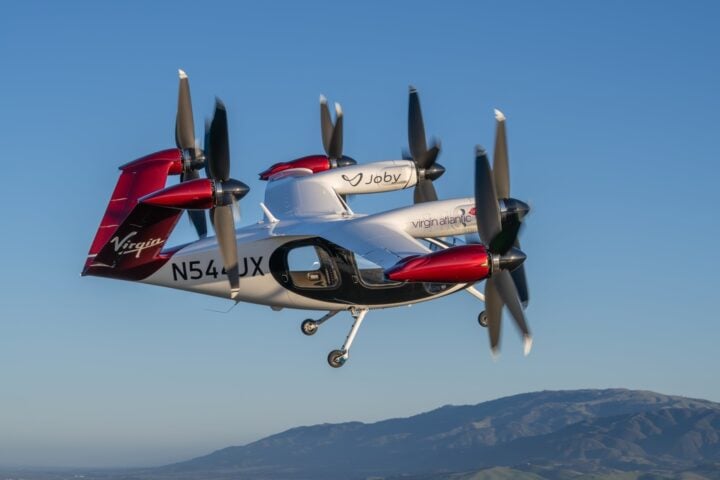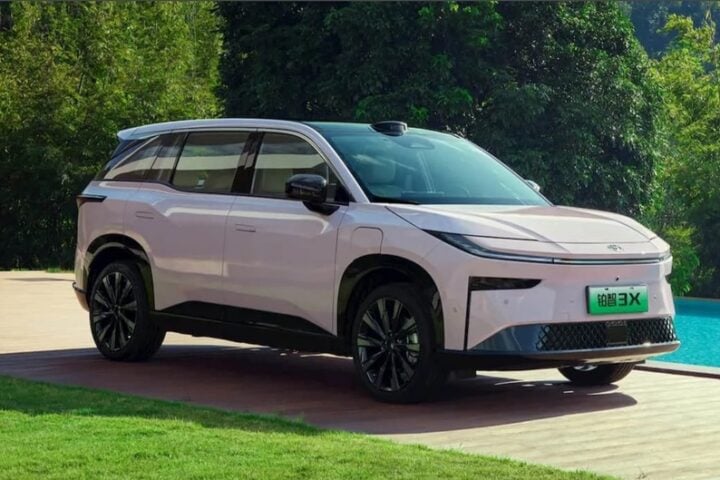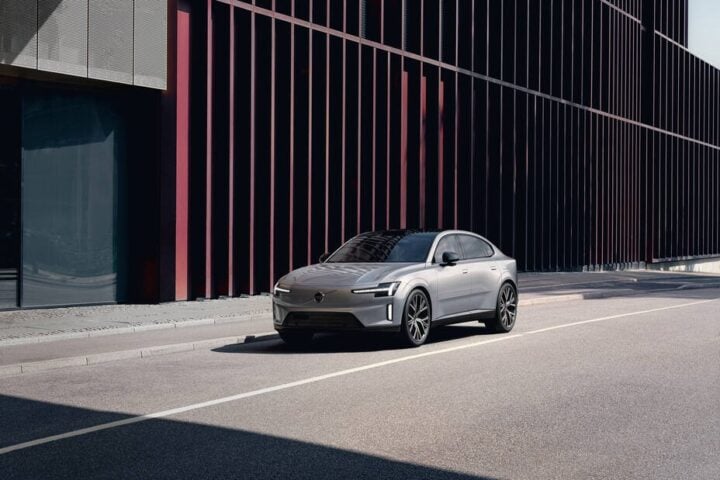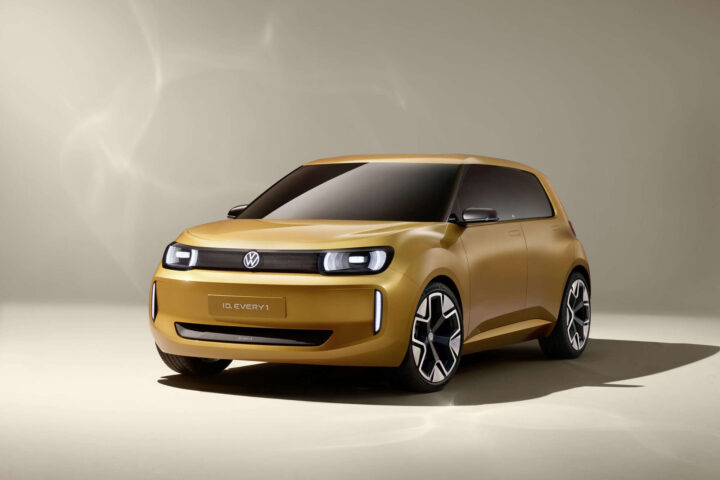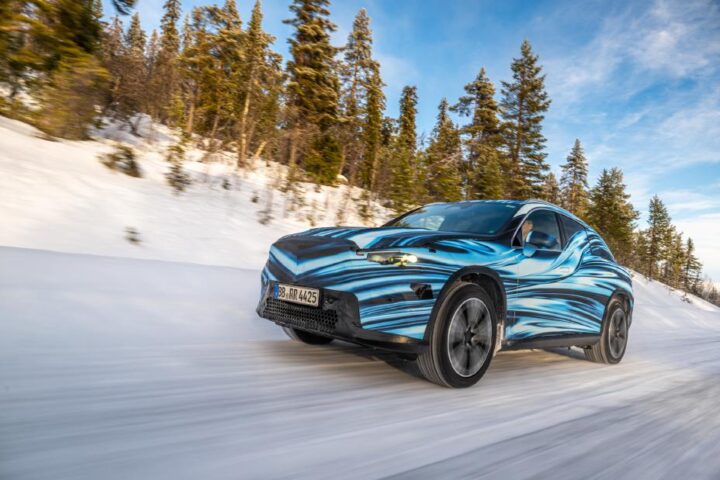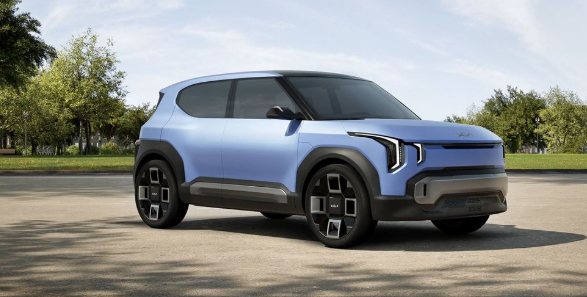Eric Laakmann, who once led the engineering program for the original Apple Watch, has transformed into a mobility pandit, specialising in ferries. He is now serving as CEO of the marine technology company Vessev. Under Laakmann’s leadership, the New Zealand-based company unveiled the VS-9, dubbed the “world’s first premium electric hydrofoil tourist boat.” The 8.8-meter long VS-9 can carry up to 10 passengers plus a crew member at speeds up to approximately 30 knots, or 34.5 miles per hour, with a cruising range of 40-50 nautical miles.
The VS-9 employs proprietary foil construction, enhancing control, passenger comfort, and energy efficiency. The high-precision hydrofoil system allows the foils to adapt their shape using high-precision flaps, enabling the ferry to glide almost effortlessly through adverse weather and water conditions. Unlike conventional boats that float on the water’s surface, a hydrofoil hovers just above it, providing a more comfortable ride as it’s less affected by waves.












Vessev VS-9 Images – Photo Source – Vessev
Vessev collaborated with Fullers360, New Zealand’s largest ferry operator, and the ferry operator’s decarbonization partner NetZeroMaritime to develop the VS-9. “It’s our intention for Fullers360 to be 100% electric or hydrogen operated by 2040 and foiling is absolutely a part of that vision for us. ,” stated Mike Horne, CEO of Fullers360. The ability to completely retract the foils from the water is a design feature Vessev is especially proud of, enhancing efficiency and ease of maintenance.
Eric Laakmann, after leaving Apple in 2018, sailed the world, arriving in New Zealand a year later to join Vessev. “We are in the earliest stage of a global transition to sustainable energy use,” Laakmann said. “There are 33 million vessels in the world today with sustainable vessels representing the smallest fraction. Through significant enhancements in efficiency, hydrofoiling will play a key role in this once-in-a-generation shift.” Laakmann likens the VS-9 to the “Rivian of the Sea,” referencing the American electric truck and SUV brand.
Similar Posts
Vessev’s VS-9 electric ferry represents a significant step toward a more sustainable future in water transport, combining efficiency, advanced technology, and a strong commitment to ecology. The VS-9 measures 8.95 meters in length and weighs 3,629 kilograms fully loaded with its maximum of 10 passengers. It has a cruising speed of 45 km/h (25 knots) and a maximum speed of 55 km/h (30 knots). At cruising speed, its battery range is up to 93 kilometers (50 nautical miles). Several units have already been sold starting at $620,000 USD. Vessev is now developing the VS-18, which can accommodate 100 passengers, reflecting a broader industry trend toward electric vehicles for environmental improvement and reduced fossil fuel consumption.
